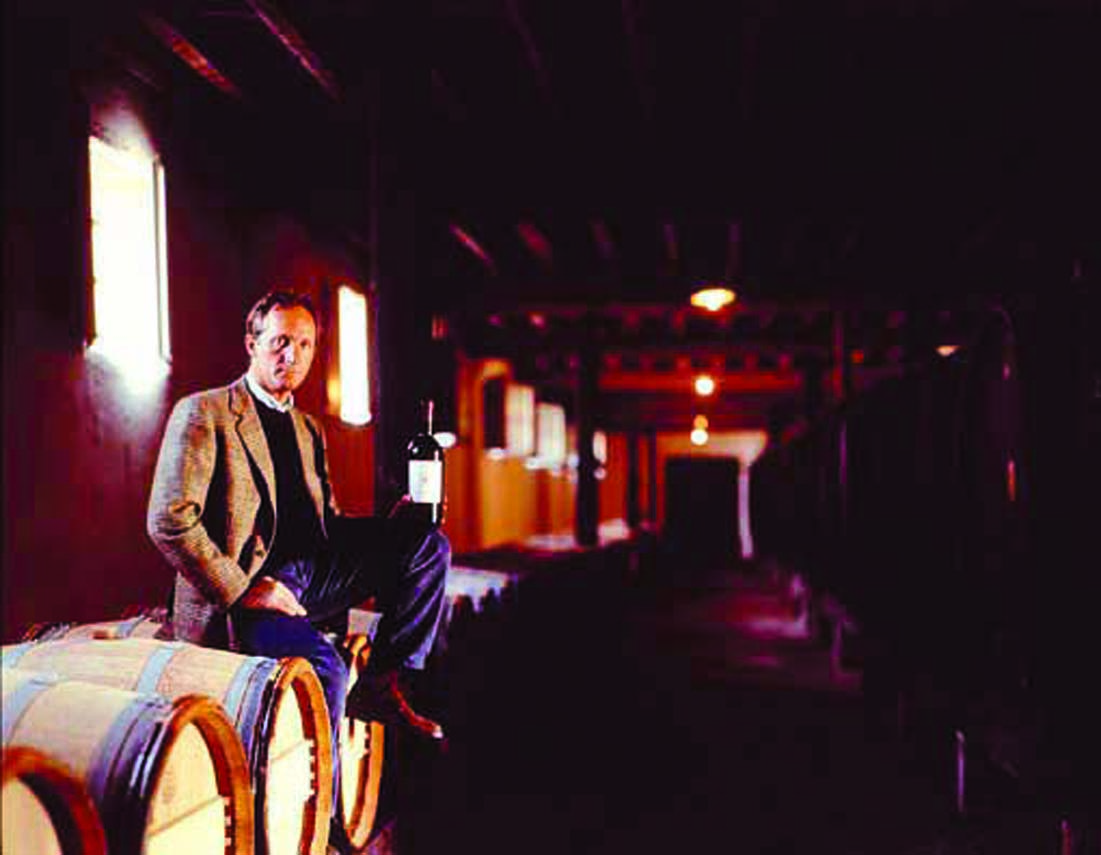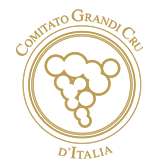
Vistorta Vineyard and Villa Brandolini d’Adda
This post is also available in:
 Italiano (Italian)
Italiano (Italian)
Vistorta is a small village in the heart of western Friuli, inserted in an agricultural estate owned by the Brandolini family since 1780.
Two Roman capitals, which have defined the boundaries of the properties since the Second Century AD, are proof of the agricultural origin of Vistorta.
In 1800, Guido Brandolini retired here and transformed the estate into a modern and efficient farm. It is currently run by Brandino Brandolini d’Adda. He graduated in agriculture at Texas A&M University, and after his first experiences in the world of wine – working for another family business – he planned the future of Vistorta on the typical French model: everything would be focused on just one great red wine.
With the help of wine specialist Georges Pauli, new vines were planted at the end of the 80s, integrated with the old existing ones. Quite unsurprisingly, the final choice was Merlot wine, obtained from grapes originated in Bordeaux, France, and introduced some 100 years ago in Friuli. Such grapes have perfectly adapted to this new territory and its clayey-calcareous soils.
The introduction of new French clones, the selection of endemic clones and the choice of rootstocks of different strength have given birth to vineyards with a wide and balanced variety. Every year, Merlot qualities are thoroughly compared using other varieties, like carmenere, syraz, cabernet franc, cabernet sauvignon, and refosco.
There are currently 79 acres of vineyards, 87% of which are used for Merlot. The division into small plots (from 0.75 to 1.5 hectares) makes it possible to obtain batches of very homogeneous and significantly different grapes. The goal is to base the production on a certain number of stocks per hectare, that is 4-5 thousand, with a low yield of fruit per plant.
The cultivation techniques are very strict: after a spur pruning with no more than one bud, the best shoots are selected to encourage leaf development. After blooming, the excess bunches are discarded; at the end of the ripening process (veraison), the best grapes are selected and freed from excess leaves.
and at the end of veraison the best bunches are identified again and the leaves that cover them are trimmed. These operations allow, at the end of September, before the autumn rains, to harvest healthy, ripe and homogeneous grapes. Harvesting takes place at the end of September, before the rainy season starts, picking up healthy, ripe and consistent grapes.
Villa Brandolini d’Adda is surrounded by the Friulian countryside and was built at the very heart of the Vistorta estate; it overlooks some 17 acres of an English style park with green meadows and majestic trees reflected in several quaint ponds.
In the large park, countless trees of considerable size grow among conifers and broad-leaved specimens; some of those trees date back to the XIX century, others were planted in 1965 by the famous landscape painter Russel Page – he was actually tasked with redesign the whole park by Count Brando. Page enlarged the park so that the villa could be found in a central position; he used water to soften the landscape, digging four adjoining lakes and surrounding them with two lush bamboo groves.
This post is also available in:
 Italiano (Italian)
Italiano (Italian)

